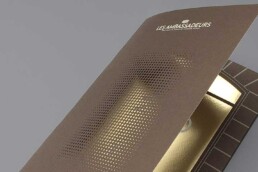The Power of Storytelling, artistry & Illustrator 9
Almost 20 years since August 2001, and still Genndy Tartakovsky’s (Series Creator & Director) & Scott Wills (Master Artist) masterpiece animated epic extravaganza stands the test of time. The name of the show? Samurai Jack. A lot has changed technically, but the key is not the tool, but the visual storytelling. That’s what art direction is at its core: Captivating emotions, ideas and stories in a way that allows its viewers (and users) to connect and engage in a personal and intimate manner. What you see next was created in Adobe Illustrator 9 and Photoshop earlier versions. That’s what we were using back in 2001. Nothing fancy about it…just unique visual storytelling that stands the test of time. Even today, two decades later I’m still amazed.
Iconic Inspiration
The show is meant to evoke 1970s cinematography, as well as classic Hollywood films such as Ben-Hur, Lawrence of Arabia, Spartacus. Thematic and visual inspirations come from Frank Miller’s comic book series Rōnin, The Japanese comic Lone Wolf, and Cub and films by Akira Kurosawa. Samurai Jack originally ran for four seasons -13 episodes each- until September 2004. Enjoy!
These are just a few production backgrounds and artwork developed for the series. The original sketches were done in paper, scanned, constructed and painted using Adobe tools like Photoshop. Now I storyboard on the computer, but it’s just a fancy pencil. The coloring is a click and fill in. The biggest change, really, is that in the first season, all the backgrounds were hand-made. Now computers mimics hand-painting and natural brushes. That’s the irony of the evolution of technology.
















